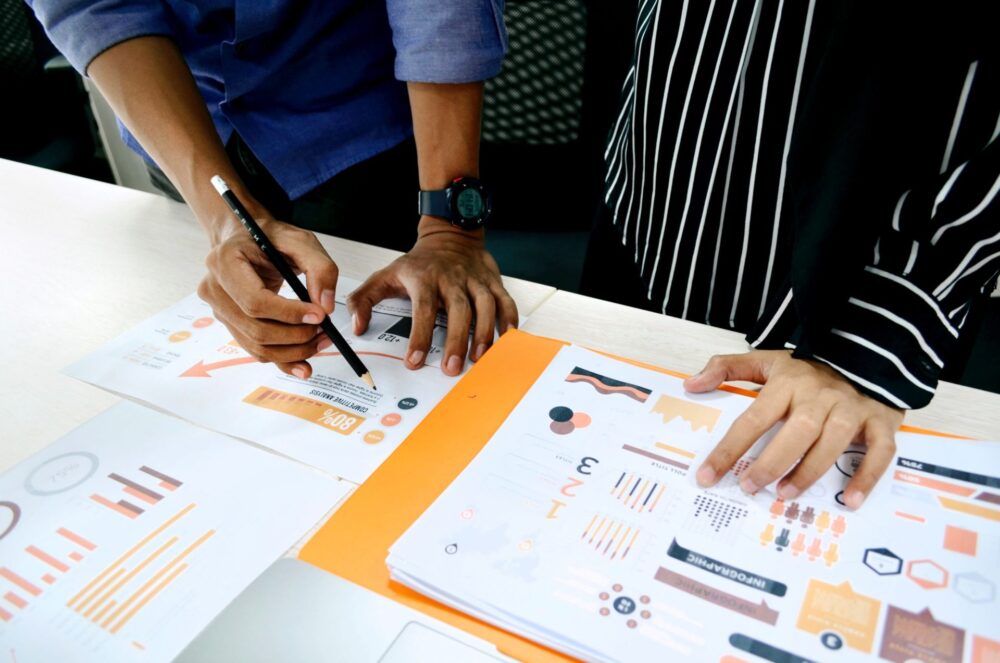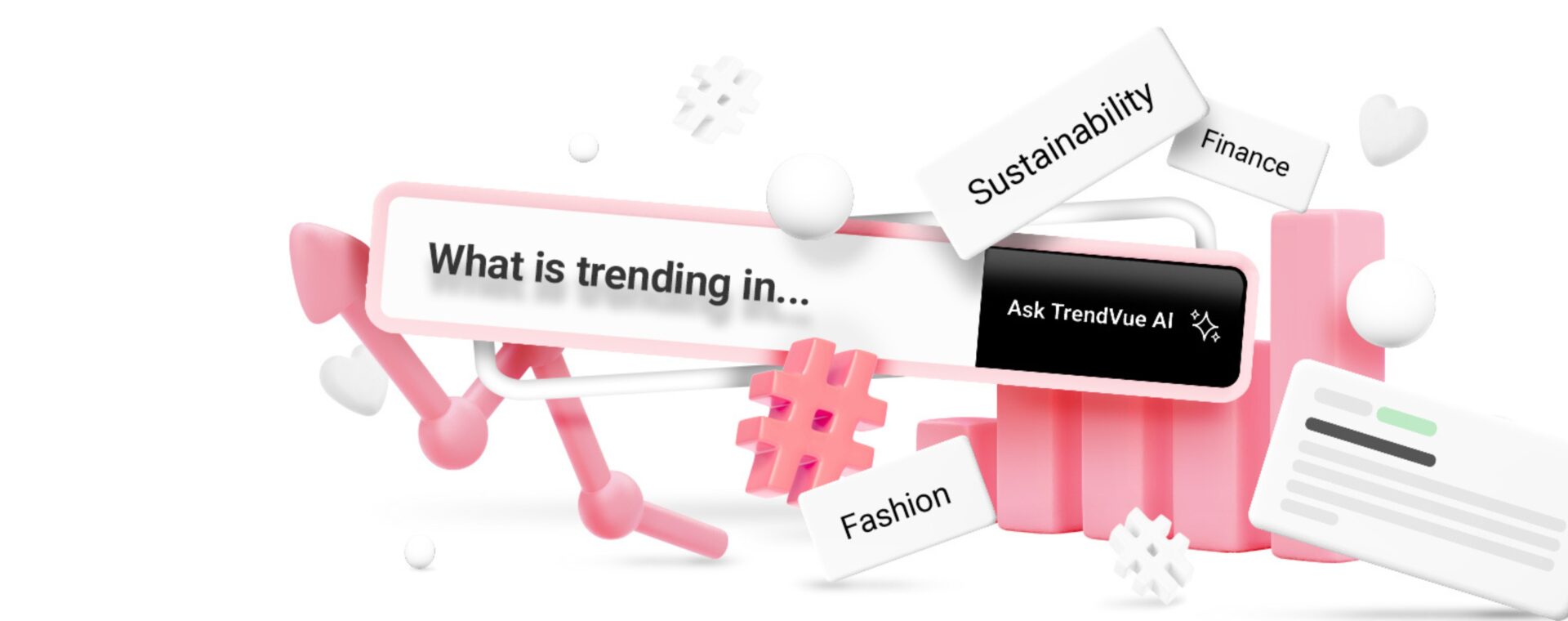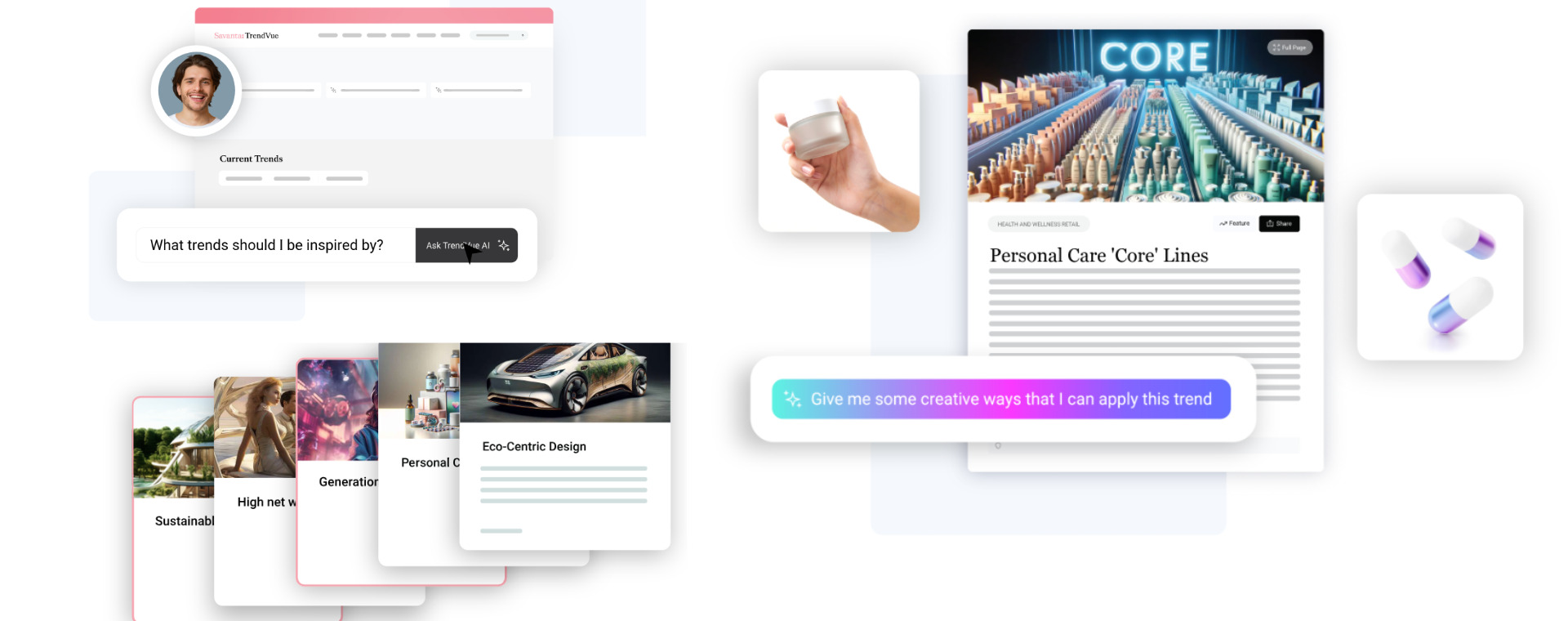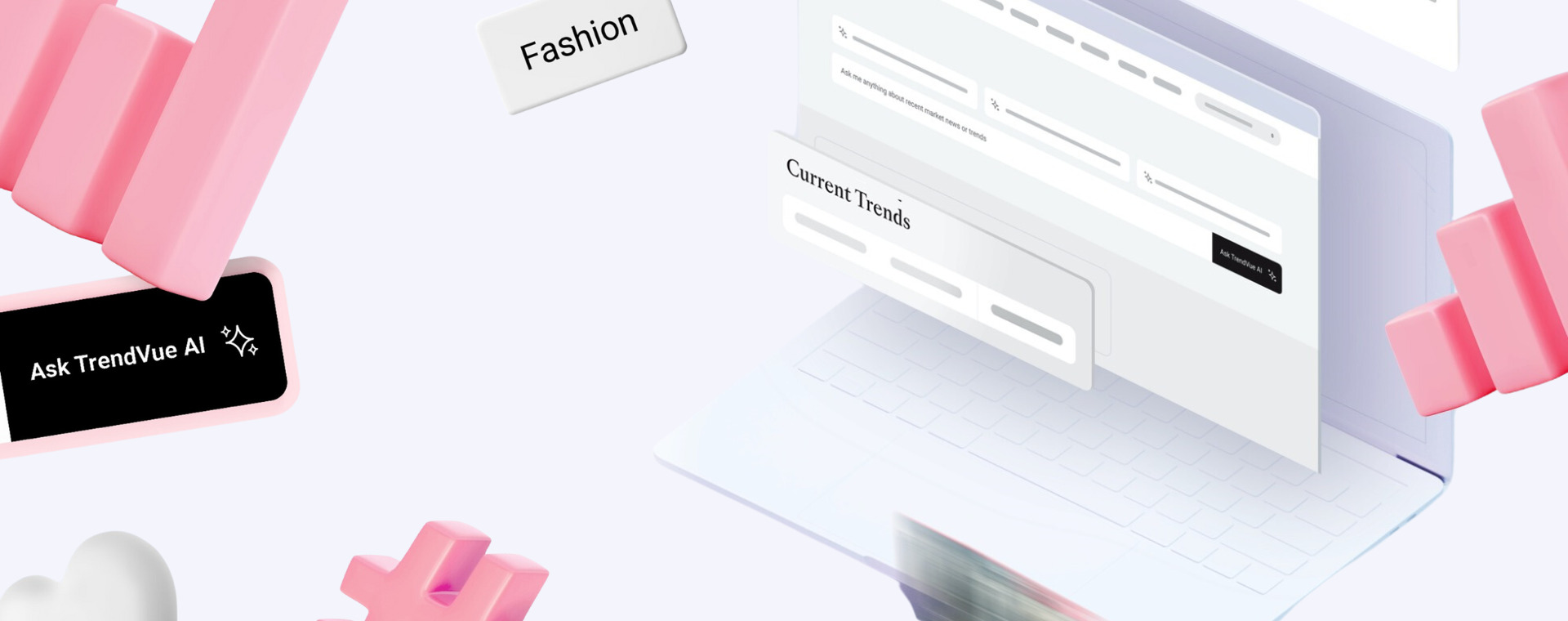
Diving deep into these individual user stories (at large) will yield insights that can then be used to offer a product in a new market or roll out a new feature.
To have a big-picture view of market patterns, it’s often helpful to look at them from multiple vantage points. You can do this by collaborating with people who don’t have the same background, using more than one method to tackle a question, and sometimes even combining quantitative and qualitative data in the same study. Mixed methods research involves combining two or more qualitative and/or quantitative approaches to data collection, analysis, and reporting. The beauty of it is that it allows for a more nuanced understanding of what customers want and expect from your brand or product.
There are many ways to go about mixing methods. You might start with quantitative research: depending on the research question, perhaps a market analysis or customer segmentation, and then go into each segment and explore their needs and wants in-depth. You could also start with qualitative: maybe some one-on-one interviews to explore a topic, and once there is a better understanding of the topic, frame survey questions more appropriately or validate those qualitative findings on a larger scale.
Using mixed methods in multi-market research
Mixing methods provides a more holistic view of what’s happening within each market and allows researchers to:
- Compare how people who live in different locations react to similar stimuli (e.g advertising campaigns or products sold by different brands) and let researchers compare how people with different backgrounds respond to the same product.
- Understand how people feel about an issue or topic through surveys and interviews across different demographics such as age, gender, and location.
- Determine which questions need to be asked (qualitative) and which ones need a quantitative analysis
- Gain an understanding of what consumers are doing when they interact with your product or service by observing them in their natural environment
Mixing methods is also a helpful way to think about research practices, in general, to make sure we’re including people with different backgrounds and experiences in our participant pool as well as on our teams that help develop products. We want mixed samples, mixed environments, and mixed user experiences.
So how do you make sure that you cover all grounds when using mixed methods?
Here are five tips that we think can enable you to ensure you’re using the best possible mix of methods for your audience and your objectives:
- Start with your research objectives. Can you answer everything with enough rigour to be able to make a decision using only one approach? If the answer is yes, then mixed methods may be overkill (and a possible burden on your precious research budget).
- Determine which types of data you need to collect. If you do decide you need a mixed-method approach, what is required? Do you need figures to sway stakeholders and verbatims to bring findings to life? Do you need clickthrough data and testimonials? Questions like these should help you select your research instruments.
- Design your approach. Consider looking at convergent designs (those where multiple data types are collected at the same time), explanatory sequential (starting with quantitative and then fleshing out with qual), or exploratory sequential (starting broadly with qual, and then verifying or validating with quant).
- Have an analysis plan. Will you analyze the data together? Separately? Always keep the ideal of linking back to your research objectives in mind.
- Draft your research plan. Is it feasible in the timeline or budget you have to work with? Will this enable you to make the decision you need to make?
Download our Remote Research Decision Tree today to have it handy when you’re looking for a remote (or face-to-face) methodology for your next study.





